Rodney Street Tunnel
Rodney Street Tunnel
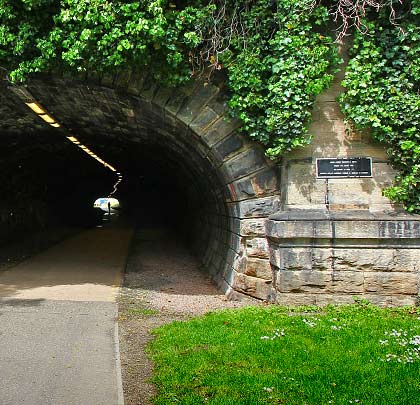
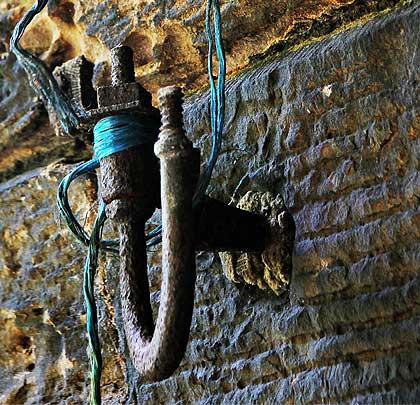
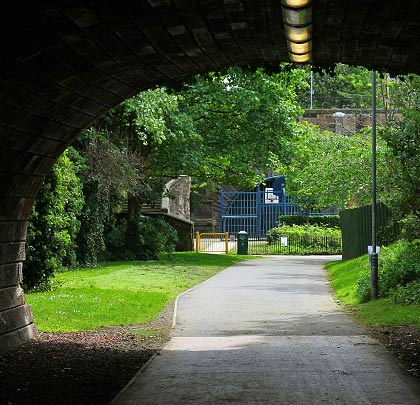
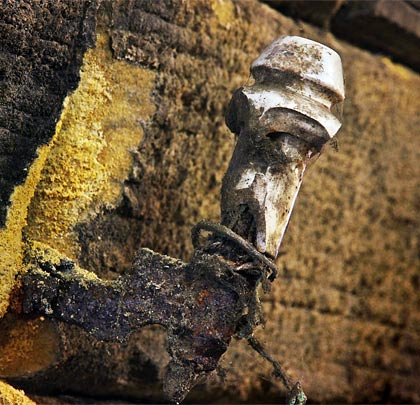
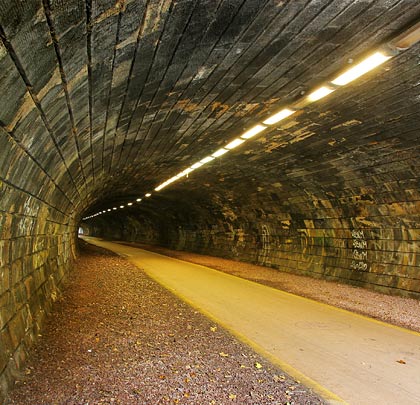
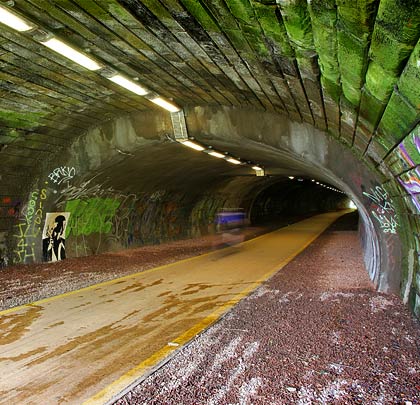
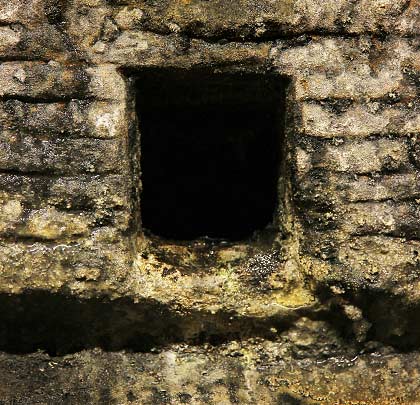
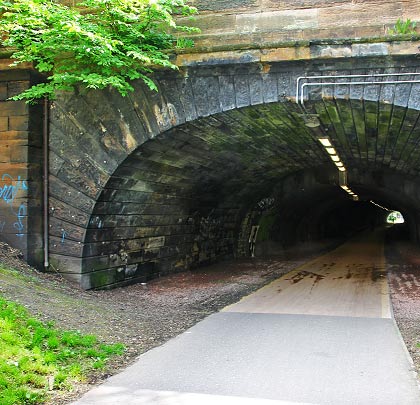








Authorised by Parliamentary Acts of August 1836 and July 1839, the Edinburgh Leith & Newhaven Railway inaugurated its 1¼-mile horse-drawn service from Canonmills to Newhaven on 31st August 1842, establishing a passenger and goods link between the city and a port on the south bank of the Forth.
Following a name-change to become the Edinburgh Leith & Granton, the line was extended to reach a new harbour at the latter named place in 1846 and a branch to Leith opened two years after that. At its southern end, 1847 saw services pushed further into the city by means of the 1,007-yard Scotland Street Tunnel and a stationary engine which hauled trains up the 1:27 gradient. At this time, horse power gave way to steam along the rest of the route.
The Edinburgh & Northern Railway took the company over on 27th July 1847, with the North British assuming control in 1862, establishing a link into Waverley (then North Bridge) Station six year later and bringing closure of the route’s southern section to passengers.
Overshadowed in all senses by Scotland Street Tunnel was the adjacent one under Rodney Street, plotting a course northwards for 179 yards and incorporating a slight curve to the west near its midpoint. Engineered by Thomas Grainger and John Millar, it also passes below Broughton Street close to its northern end where a spray concrete reinforcement arch is now present.
The tunnel has a flattened arch profile – a function of the limited ground cover – and it is reasonable to presume that cut and cover techniques were employed. The lining features courses of neatly masoned stone, hosting brackets for the former telegraph wires and occasional weep holes.
The portals are unusual in design, with long rusticated voussoirs tapering outwards to meet ashlar buttresses. Beyond these are curved wing walls, all topped by a string course beneath ashlar coped parapets.
Rodney Street Tunnel saw its last traffic in 1967 and it was soon partially backfilled with shale waste. However this could not properly support the arch where it had been cut out and replaced with curved cast iron plates to allow the road above to be lowered, hence the spray concrete reinforcement.
The tunnel received a Grade B listing in 1974 and has hosted a foot and cycle path since April 2009.
Click here for more of K-Burn’s tunnel pictures.
 July 2014
July 2014




